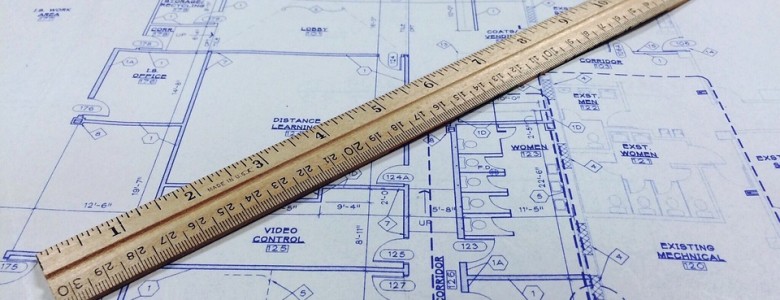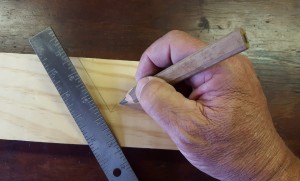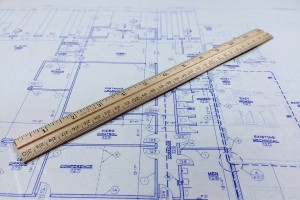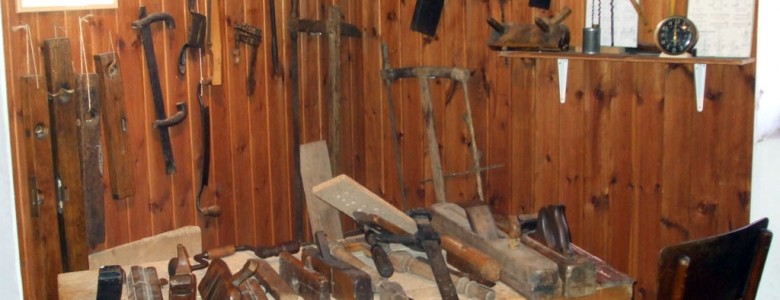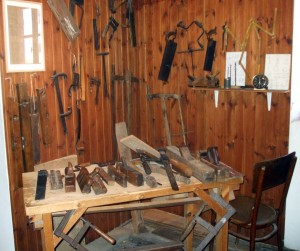March 5, 2016
Differences in Hardwood vs. Softwood
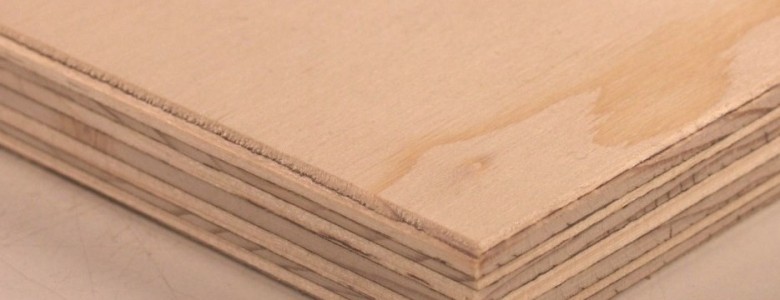
The difference seems simple: Hardwood is hard and durable while softwood is soft and workable. Right? Well, that is often the case. However, you could get yourself into some unexpected trouble if you only go by that rule of thumb. There are certain exceptions to the rule; one being that hardwood and softwood can often be used interchangeably, and other times they can be used in conjunction.
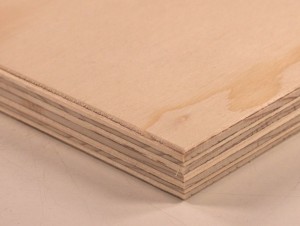
For example, certain instruments and pieces of furniture use both soft and hardwood for specific parts of the object. This is where over-generalizing could get you into trouble. However, for the sake of simplicity on this post, we’ll only go over the basics. Below is a chart showing examples of both types of wood:
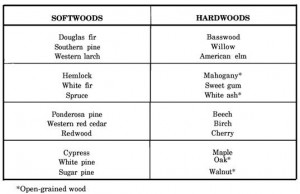
Overall, hardwood is great for sturdy homes, decks, floors and pieces of furniture that you want to last. It tends to be more expensive but can also pay off in the long-run. Hardwood is also much denser, which is what contributes to its sturdiness, making it more difficult to work with.
Softwoods, on the other hand, are more porous making them much easier to work with. So much so that 80% of timber used in the world today comes from softwood even though the majority of trees are actually hardwood. Softwood makes up most of the paper, pencils, window frames and much more, including some furniture and other building components.
So, before diving into any major projects, be sure you understand the level of sturdiness that will be necessary in order for greatest durability and how much workability you’ll need in order to create the exact pieces and shapes you require. As always, do your research. (A great resource to check is Types of Wood for Woodworking “For Dummies.”) But most importantly, have fun with it!

